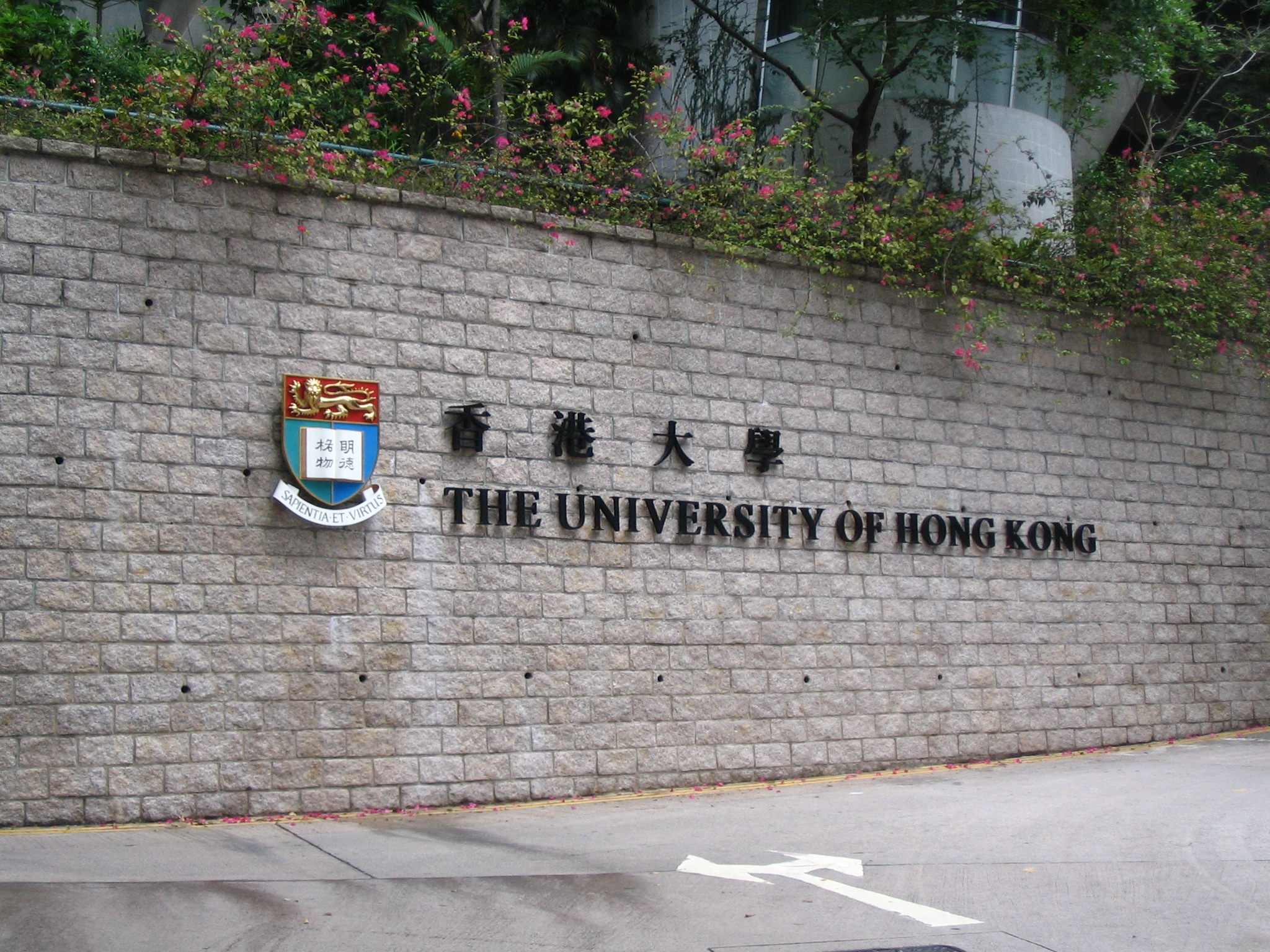
The University of Hong Kong’s President and Vice-Chancellor Professor, Peter Mathieson, recently spoke to the Court about the University’s future. Among addressing the various controversy of last year —such as the call to create “international” experiences in Mainland China for all undergraduate students by 2019 and selection of new pro-vice-chancellors— he also had an interesting take on the role of league tables in the university’s future directions. On the one hand, he pointed out the weaknesses of league tables, but on the other clearly situated HKU among its Western counterparts, such as Stanford and Yale. He dislikes rankings, but nevertheless will use them to guide future directions because they are “here to stay.” The below quote is an interesting insight into the power of league tables within university decision making:
So how are we doing? I recently presented to the Senior Management Team and subsequently to Council some analysis of the major international league tables over the last 11 years. I won’t reiterate now my views on rankings, which are well-known and on the public record, except to say that I stand by my assertion that we will never set institutional strategy to meet the criteria of any particular league table. However, rankings are here to stay and we all know that they are widely used as a short cut: by prospective students, parents, governments and media. They are a surrogate for a university’s international reputation.
The first point to make is that Hong Kong U’s position now is quite similar to its position in the first rankings which were published 11 years ago jointly by the Times Higher Education Supplement (THE) and the Quacquerelli-Symonds (QS). We were ranked number 39 in 2004, compared to 30 and 44 in the most recent 2015 rankings from the QS and THE respectively. In the 11 intervening years, there has been quite a lot of fluctuation, some of it undoubtedly explained by the frequent methodological changes which provide one reason why rankings are so controversial and open to various interpretations. Hong Kong U’s peak position was eight years ago in 2007 when HKU was ranked number 18 in the world. Stanford that year was number 19, so you can make up your own mind about whether that high point flattered HKU or not. The very next year, 2008, HKU dropped 8 places to number 26 (Stanford rose slightly to 17). In 2010, the two rankings agencies split and used slightly different methodologies but since then both of them show a definite slow downward trend for HKU, starting in 2011 in the QS and in 2010 in the Times Higher. There are various possible contributors to this: student-staff ratios influence the rankings and the 334 transition adversely affected these because the increased number of students was not accompanied by a commensurate increase in staffing. The fact that Chinese U and Hong Kong UST showed similar trends in this time period supports this as a contributor. Hong Kong U also had the possible impact on its reputation of the 818 incident in 2011. The fact that HKUST jumped above HKU in one of the rankings this year (the QS) has caused a lot of comment: in fact QS themselves said that this was largely explicable by a change in methodology, where an adjustment was made for the presence or absence of a medical school because having a medical school was deemed to give an unfair advantage via an effect on citations and other prestige indicators. Accordingly, HKU dropped by 2 places and CUHK by 5 places (it is noteworthy that Yale also dropped by 5 places), with HKUST rising by 12 places: sudden changes like this in rankings usually reflect methodological changes because reputations don’t usually change overnight. It is worth noting that in the other major league table, the Times Higher, between 2014 and 2015, HKU actually did the best of the three local universities, dropping by 1 place compared to a drop of 8 places for HKUST and 9 places for CUHK.
